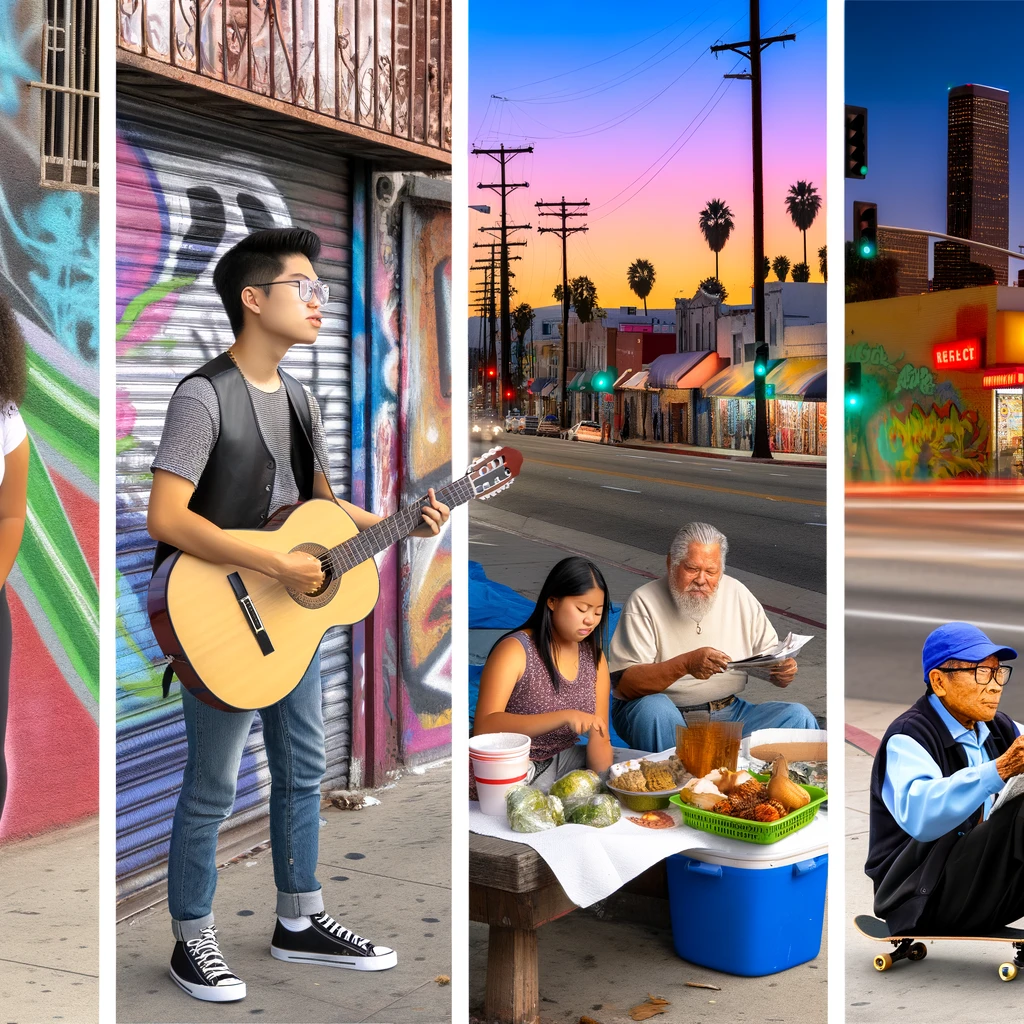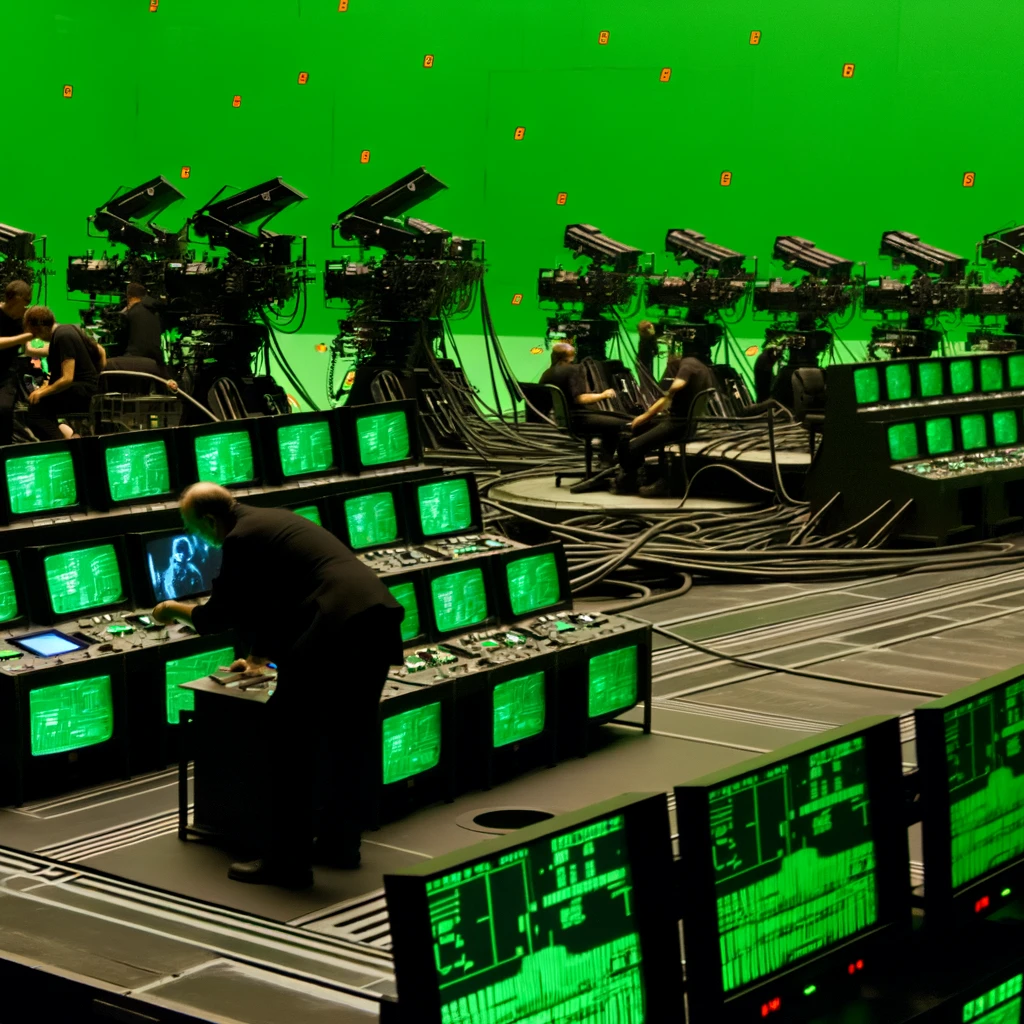
Dissecting the Social Commentary in 'Boyz n the Hood'
Released in 1991, Boyz n the Hood remains a seminal work in American cinema, providing a gritty, realistic portrayal of life in South Central Los Angeles. Directed by John Singleton, the film is not only a coming-of-age story but also a profound social commentary on the systemic issues affecting African-American communities. By exploring themes of race, violence, and hope, Singleton crafts a narrative that is as relevant today as it was over three decades ago.
Thematic Exploration of Race and Identity
At its core, Boyz n the Hood delves deeply into issues of race and identity. Through the experiences of its protagonist, Tre Styles, the film examines the challenges faced by young Black men growing up in environments rife with violence and limited opportunities. Singleton's portrayal of racial profiling, police brutality, and systemic racism offers a stark commentary on the socio-political landscape of America.
The film's opening scenes immediately set the tone, highlighting the racial tensions and socio-economic disparities that define the neighborhood. Characters such as Furious Styles, Tre's father, provide a voice of wisdom and resilience, advocating for education and self-reliance as tools for empowerment.
Violence and Its Impact on Communities
Violence is a pervasive theme in Boyz n the Hood, depicted not just as an outcome of personal conflict but as a symptom of broader societal issues. Singleton does not shy away from showing the harsh realities of gang violence, presenting it as a cycle that entraps many young men. The film's portrayal of senseless killings and the grief that follows underscores the urgent need for change and intervention.
By focusing on the experiences of characters like Ricky and Doughboy, Singleton illustrates how violence affects individuals and communities. Ricky's aspirations of escaping through sports and Doughboy's acceptance of the gang lifestyle both serve as powerful narratives on the choices and limitations imposed on young Black men.
Hope and Resilience Amidst Adversity
Despite its grim subject matter, Boyz n the Hood is ultimately a story of hope and resilience. Singleton balances the film's darker themes with moments of familial love and community support. Tre's relationship with his father, his mother, and his friends highlights the strength found in unity and understanding.
The film's conclusion, while tragic, also offers a glimmer of hope. Tre's decision to pursue higher education symbolizes the potential for change and the power of agency. Singleton's message is clear: while the road is fraught with obstacles, perseverance and education can pave the way to a better future.
Legacy and Continued Relevance
Boyz n the Hood has left an indelible mark on both cinema and social discourse. Its unflinching look at inner-city life and its critique of systemic injustices continue to resonate with audiences today. The film's success paved the way for other filmmakers to explore similar themes, contributing to a broader conversation about race and inequality in America.
As we reflect on the film's impact, it's essential to consider its lessons and the ongoing challenges faced by marginalized communities. Boyz n the Hood not only entertains but educates, encouraging viewers to engage with the complex realities of race, identity, and justice.
Conclusion
John Singleton's Boyz n the Hood is a masterpiece of social commentary, offering a poignant examination of the struggles and triumphs of African-American life. Its themes of race, violence, and hope remain as potent and relevant as ever, urging us to confront and address the systemic issues that continue to shape our society. As we dissect its messages, we are reminded of the enduring power of film to inspire change and foster understanding.
Related Articles





